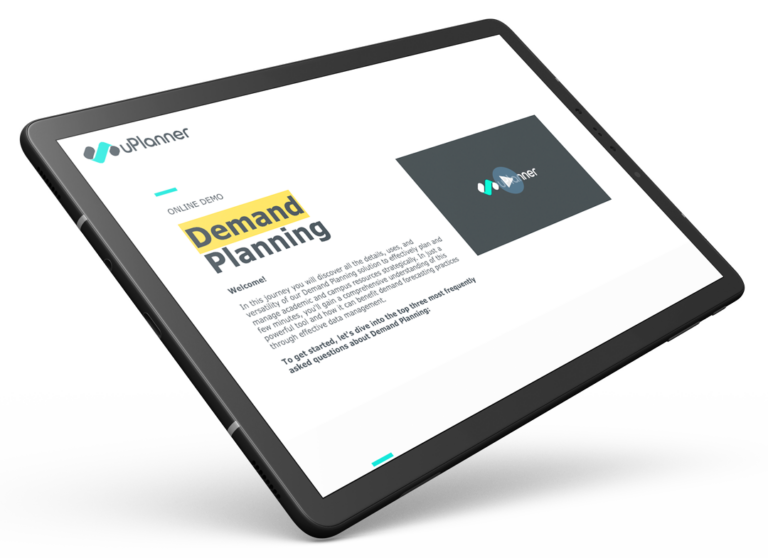Achieving Cost Savings and Efficiency in Academic Operations: An Interview with Former Broward College CIO
In today’s rapidly evolving educational landscape, technology plays a crucial role in supporting effective cost management, strategic planning, and student success. Institutions are increasingly harnessing the power of data-driven solutions and predictive analytics to optimize their operations and enhance student outcomes.
In a recent webinar session with Tony Casciotta, former CIO of Broward College, and expert in educational technology, we explored the ways in which technology and data-driven approaches are transforming efficiency in higher education.
This blog highlights some of the questions and answers explored during the session in a condensed fashion, shedding light on the role of technology in cost management, strategic planning, and student success. We examine the use of AI, predictive analytics, and data integration to identify at-risk students, intervene proactively, and foster a culture of data-driven decision-making.
Q: What is the impact that a good or poor enrollment strategy could have in a college or university?
I think now that we’re in the post-COVID era, many colleges have realized the need to examine their cost structures due to the downturn in enrollment and retention. Organizations are struggling with the different modalities of teaching, such as hybrid and online, as students have not returned to face-to-face classes.
It is crucial for colleges and universities to assess the profitability of their programs and consider the academic operations costs, including faculty, advisors, deans, and administration. Flexibility in learning modalities is also important to meet the demands of students in the post-COVID era.
Q: Why is strategic planning essential today to achieve cost savings in the academic operations of a college or university?
Strategic planning is essential because colleges and universities need to cater to the needs of their student body and provide flexibility in scheduling. Many students are working adults with families, and the ability to fit continuing education within their schedule is crucial.
Efficient use of classrooms and resources is necessary to drive cost savings, such as utilizing underutilized spaces and optimizing class sizes. Strategic planning can help adjust schedules, predict future demand, and provide the best possible experience for students.
Q: What challenges do institutions commonly face in aligning resources with demand and how can they overcome them?
Many institutions still rely on manual scheduling using spreadsheets, which can be time-consuming and labor-intensive, especially for colleges with multiple campuses.
Aligning resources with demand becomes difficult when scheduling is based solely on semester registration data, as it provides only a point-in-time view. Planning ahead and considering modalities, campuses, class times, and the mix of classes is challenging without proper tools and predictive analytics. Overcoming these challenges requires adopting efficient systems and tools that can automate scheduling, provide data insights, and facilitate resource allocation.
Q: How can technology and data-driven solutions that use AI support institutions’ retention initiatives and contribute to overall student success?
Technology plays a crucial role in supporting retention initiatives and improving student outcomes. The technology leader in an institution should partner with all departments to understand their pain points and the data points they need. By collecting and mining data from various systems, institutions can identify early indicators of student struggles and intervene proactively. Technology enables us to get ahead of problems and provide timely support to students and faculty.
Q: What common approach is used today for monitoring independent variables in student retention? Do you believe that more variables should be included in prediction models?
Traditional approaches for monitoring independent variables in student retention include attendance, grades, and tuition payments. However, we believe that these variables alone are not enough to properly predict at-risk students. Institutions should consider including additional variables in prediction models. For example, socioeconomic indicators, external databases, and factors like distance from campus can provide valuable insights into student patterns and help institutions make necessary adjustments to improve retention rates.
Q: Can you share any specific recommendations or considerations for institutions that are just starting to explore the use of predictive analytics for student retention?
A crucial recommendation is for college and university presidents to embrace data-driven decision-making as a cultural shift within their institutions. It’s important to use the data available in various systems, join that data, and make informed decisions based on it.
Partnering with a company like uPlanner, which offers powerful data analytics tools, can help institutions effectively mine and analyze their data. Such partnerships provide the necessary resources, knowledge, and implementation support to make predictive analytics a successful part of the institution’s retention strategy.
As the educational landscape continues to evolve, the integration of technology and data-driven approaches will remain vital for institutions striving to stay ahead and provide a supportive and enriching environment for their students.
Access the full interview here.





